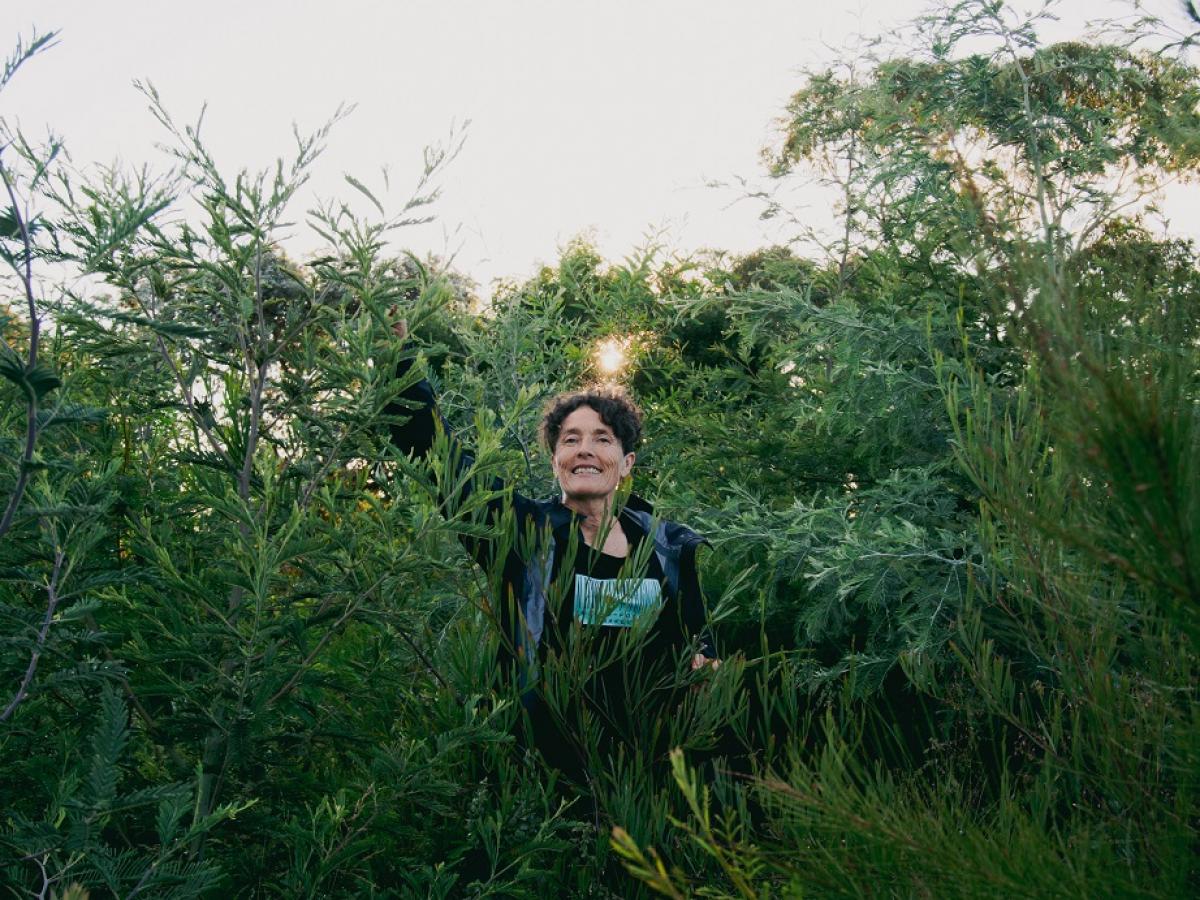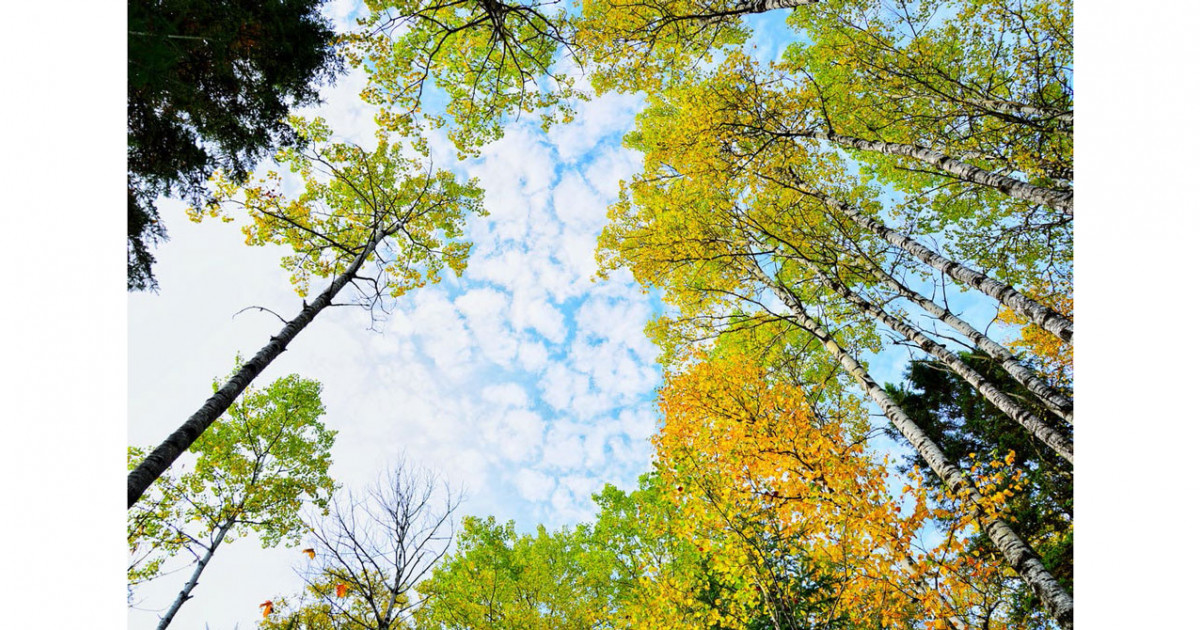
Symposium participant, Edwina Robinson, amongst a 14 month old miniforest in Canberra. Image: Jarra Joseph McGrath.
The Miyawaki Miniforest movement, which connects biodiversity and community, will be the focus of a two-day symposium that brings together experts from across the world.
The Japanese concept known as the Miyawaki Method of forestry, or Miyawaki Miniforests, encourages the planting of small community forest patches in cities and post-industrial and regional landscapes around the world to address the global biodiversity and climate crises. The movement also seeks to bring people together to foster and celebrate connections between humans and nature.
Dr Scott Hawken, Director Landscape Architecture at the University of Adelaide and symposium convenor, says: “Urban forests are important for a range of reasons, including community cohesion and wellbeing, urban biodiversity, and liveability, as well as cleaner agricultural and industrial production, climate mitigation and cooling – just to name a few.”
Recent research from the University of Adelaide and University of New South Wales has shown how important it is to include more green space in cities. The symposium will also examine smart cities, biodiversity and green infrastructure to support the publication of a special issue in the journal, Sustainability.
“While emerging digital technologies can address sustainability challenges, there are both opportunities and risks in technologies like AI and robotics supporting urban biodiversity,” says Dr Hawken.
The collaborative symposium will feature presentations from experts from universities around Australia, as well as Japan, Belgium, India, Ireland, and Chile.
“Urban forests are important for a range of reasons, including community cohesion and wellbeing, urban biodiversity, and liveability, as well as cleaner agricultural and industrial production, climate mitigation and cooling – just to name a few.”Dr Scott Hawken, Director Landscape Architecture at the University of Adelaide, and symposium convenor
The symposium is taking place during Adelaide National Park City Month. Adelaide was recently named as a National Park City – only the second city in the world to achieve this status, following London.
“Adelaide is one of the most liveable cities in the world, but it can still improve. COVID has seen people drawn to green spaces more than ever. The National Park City initiative will help Adelaide provide more space for nature in amongst our everyday lives,” Dr Hawken says.
“The goals of the National Park City movement also include diverse employment opportunities; healthier plants and animals; support for health and wellbeing; and improved air and water quality.”
The symposium involves the documentation of best practice miniforest and biodiversity initiatives in both Japan and Australia and follows the recent hosting of landscape and sustainability experts from the Faculty of Design, Kyushu University, Japan at Waite Campus and North Terrace Campus by Dr Scott Hawken and Waite Arboretum curator, Dr Kate Delaporte.
Hosted by the University of Adelaide and Kyushu University in Japan, the two-day online symposium will take place across 6-7 June. The event is funded by the Department of Foreign Affairs, Australia Japan Foundation. Further details including registration can be found on Eventbrite. There is no charge to attend.
WHAT: Miyawaki Miniforests Symposium
WHO: Dr Scott Hawken
WHERE: Online
WHEN: Monday 6 June – Tuesday 7 June 2022, 10am-6pm,
COST: Free event
FURTHER INFO: https://www.eventbrite.com/e/miyawaki-miniforests-symposium-tickets-333426015187







